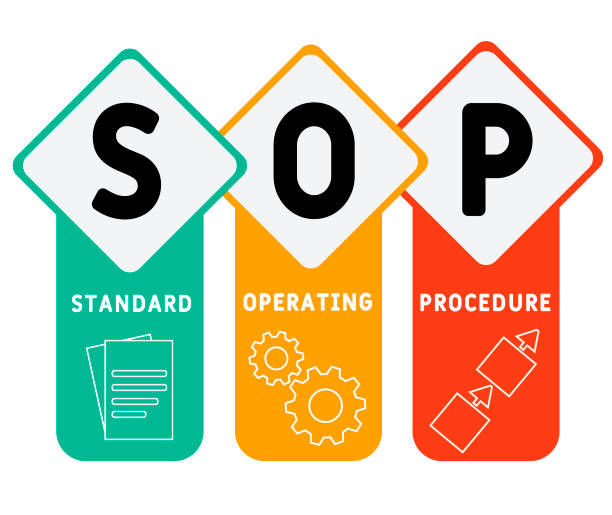
STANDARD OPERATING PROCEDURES
VAMANA

INTRODUCTION
Vamana is the procedure in which contents of the stomach including kapha and pitta doshas are expelled through oral route.
MATERIALS REQUIRED
For Procedure:
- Ref General Requirements SOP
- Vamana Chair – 1
- Vamana table – 1
- BP apparatus – 1
- Stethoscope – 1
- Eranda nala – 4
- Measuring tape – 1
- Towel – 1
- Glasses – 7
- Spoon – 2
- Vessels – 4
- Bucket – 1
- Mug – 1
Medicines:
Yavagu
- Payasa Rice – 30 g
- Gudam – 20 g
- Water – 300 ml
- Ghee – 1 tsp
Vamanoushadi
- Madanaphalapippali – 12 g
- Yashti madhu Churna – 5 g
- Saindhavam Churna – 5 g
- Honey – Q. S.
- Vacha Churna – 4 g
- Yashtimadhu Kashaya – Q. S.
For akantapana
- Milk – 2 litres
For Pana
- Yashtimadhu phanta – 4 litres
- Saindhava jala – 4 litres
For Heena yoga:
- Pippali Churna
- Amalaki Churna
- Sarshapa Churna
- Vacha Churna
- Saindhava
For Dhumapana:
- Haridra varti – 1
- Dhooma netra – 1
For Kavala:
Saindhavajala (warm) – 1 glass
Manpower
- Therapist – 2
- Physician – 1
- Attendant – 1
PREPARATION
Preparation of medicine
- Yavagu: 30 g rice is boiled and cooked in 300 ml water and add 20 g of guda to this. Off the stove and add 1tsp ghee to this.
- Vamana oushadhi: 10 g madanapippali kept soaked overnight in yashti phanta, then it should be grinded well next day morning. Add vacha churna, yashti churna, saindhava and honey to this and mix well. Add sufficient quantity of yashti phanta to this for making a liquid consistency.
- Yashtimadhu phanta: 200 g yashtimadhu churna is boiled in 4 L water and strained.
- Saindhava jala: 60 g saindhava is stirred in 4 L boiled water.
Preparation of tray
- Take 2 clean trays.
- Put prepared vamana oushadhi in a glass, yavagu in a bowl, glasses, spoon, eranda nala, dhumanetra, dhuma varti, medicines for heena vega and towel in one tray.
- Put milk, yashti phanta and saindhava jala in 3 vessels in another tray.
Preparation of patient
- Check vitals.
- Jeernahara lakshana assessed.
- Vegotsarga
PURVA KARMA
- Sodhananga snehapana is to be given till attaining samyak snigdha lakshana. (Ref video and SOP of snehapana)
- Thereafter 1 day visrama kala is to be given and during this time kapha utkleshakara aharas like milk, masha and tila preparations, curd rice etc is given to the patient.
- Sarvanga abhyanga and bashpa sweda is to be done during the visrama kala (1day) and on the day of vamana. (Ref video and SOP of sarvanga abhyanga and bashpa sweda).
PRADHANA KARMA
- Patient is asked to sit comfortably on a knee highchair and Pulse and blood pressure
are recorded. - Yavagu is given to the patient.
- Then patient is asked to drink milk until full throat (Akantapana)
- Vamana oushadhi is then administered to the patient after chanting of mantra.
- Patient is observed carefully till the initiation of vega and during this time the physician can observe the symptoms like appearance of sweating, horripilation, abdomen distension, nausea, salivation etc.
- Once vega commence, the patient is instructed to open his mouth widely with tongue out and slightly bend forward the neck and upper part of the body towards vamana table.
- While vomiting, the forehead of the patient is supported, and gentle upward massage is done by one therapist.
- The lower abdomen is gently pressed by the other therapist.
- The physician carefully observes the episodes of vomiting, notes the count of bouts and nature of the vomitus.
- The urge for vomiting may be excited by tickling the throat using fingers or eranda nala.
- The yashtimadhu phanta is given to the patient after each bouts for initiating further vega.
- Finally, saindhava jala is given until samyak shudhi is observed.
PASCHAT KARMA
- Vitals of the patient is checked.
- The level of shuddhi is assessed based on vaigiki, maniki, antiki and laingiki criteria.
Vamana | Avara Shudhi | Madhyama Shudhi | Pravara Shudhi |
Vaigiki | 4 vega | 6 vega | 8 vega |
Maniki | 1 prastha | 1 ½ prastha | 2 prastha |
Antiki | Appearance of Pitta | ||
Laingiki | Signs and symptoms | of samyak | vamana |
- The face and hands are washed with cold water and foot with warm water.
- Then dhumapana is administered.
- Finally, kavala with saindhava jala is done.
- The patient is advised to take rest and follow Samsarjana krama.
DURATION
- 2 hour
INDICATIONS
- Skin diseases
- Acid peptic disorders
- Indigestion
- Bronchial asthma
- Cough
- Allergy
- Diabetes
- Psychosomatic disorders
- Tumors
CONTRAINDICATIONS
- Pregnancy
- Peptic ulcer
- Cardiac disorders
- Children
- Old age
- Emaciated person
- Exhausted person
PRECAUTIONS
- Should closely observe the general condition of the patient during the procedure.
- The patient should not bend down too much or lesser extent during vomiting.
- Milk, yashti phanta and saindhava jala should be luke warm though out the procedure.
- Proper instructions should be given to the patient about vamana procedure.
COMPLICATIONS AND MANAGEMENT
- Abdominal pain: fomentation with hot water bag.
- Excess vomiting: laja manda, seeta jala can be given.
- Dehydration: ORS, tender coconut water, porridge water, laja manda
- Fainting: Splash cold water on to face, keep legs in a higher level than head



